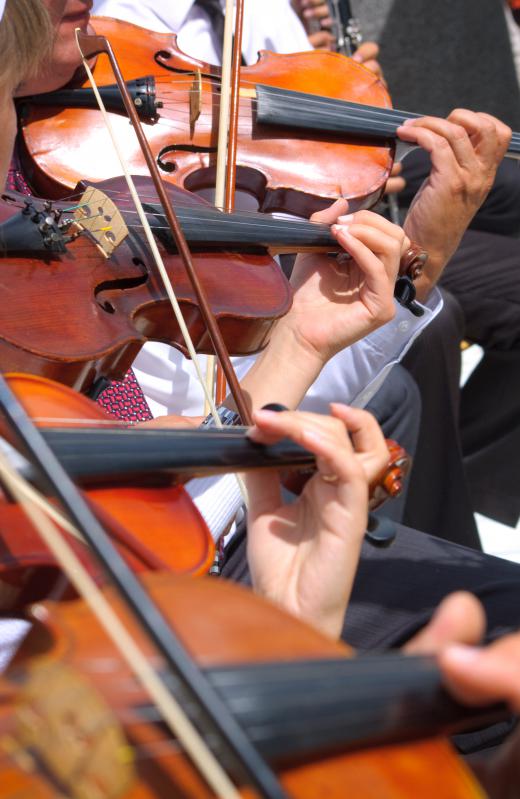Neoclassical music, or new classical music, is a style of music that drew its inspiration from the traditional elements of classical music, including emotional restraint, balance, order and clarity. Popular between World War I and World War II, the music was a rebuttal to the much less formal and more emotional music of the Romantic Period. Neoclassical music written by composers in the first half of the 20th century aimed to restore the link to musical tradition following a wave of musical experimentation at the beginning of the 20th century. The composers did not want to ignore developments in music after the Classical Period but wanted to reintroduce a clear form, a tonal center and a melodic element. They added to the classical structure more modern chromatic elements, use of dissonance and varied rhythm that had been developed since the Classical Period.
One of the first works that can be referred to as neoclassical music was Symphony No. 1 in D major, by Sergei Prokofiev, which the composer called The Classical Symphony. This work, written in 1917, was in four movements in the style of a Franz Joseph Haydn symphony, though the composer used modern techniques within the classical form and the symphony reflects the composer’s own compositional voice. In the 1920s, Igor Stravinsky composed some works that generally looked back on the style of Wolfgang Amadeus Mozart or Johann Sebastian Bach. These works used much smaller musical ensembles than the large-scale orchestras he had previously used and incorporated wind instruments, the piano and chamber orchestras. Notable works from his Neoclassical Period include the Dumbarton Oaks Concerto and the Symphony of Psalms.

Stravinsky’s view was that the composer’s ability to express his musical personality was not restricted by adoption of the classical form but that composing within an established order could enable greater expression of musical ideas. Not all composers of neoclassical music had similar aims, and composers with very diverse styles have been considered part of the neoclassical movement. The German composer Paul Hindemith wrote works in the 1920s that used counterpoint in a complex manner, owing a debt to Bach, and this music also has been referred to as neoclassical.

Music that recalls the period of Bach and his contemporaries also is often referred to as neo-Baroque. Dmitri Shostakovitch wrote a set of preludes and fugues for piano partly inspired by his admiration for Bach, and this work could be referred to as neoclassical music, even though it is written in the idiom of Shostakovich’s own musical work. Shostakovitch also wrote pieces within the framework of traditional musical forms as a result of his problems with the political authorities of his time, who expressed the view that some of his music was out of touch with the wider populace.
